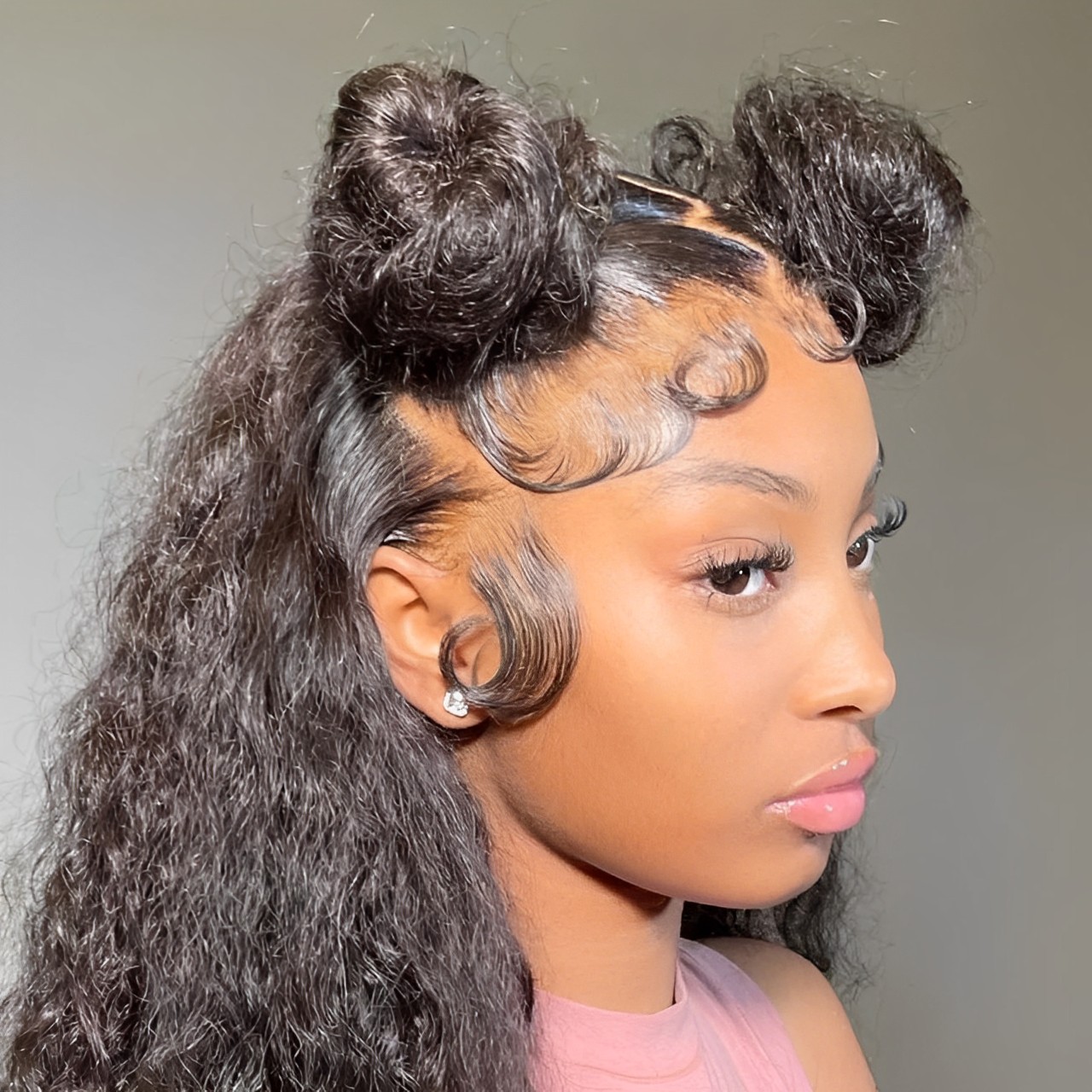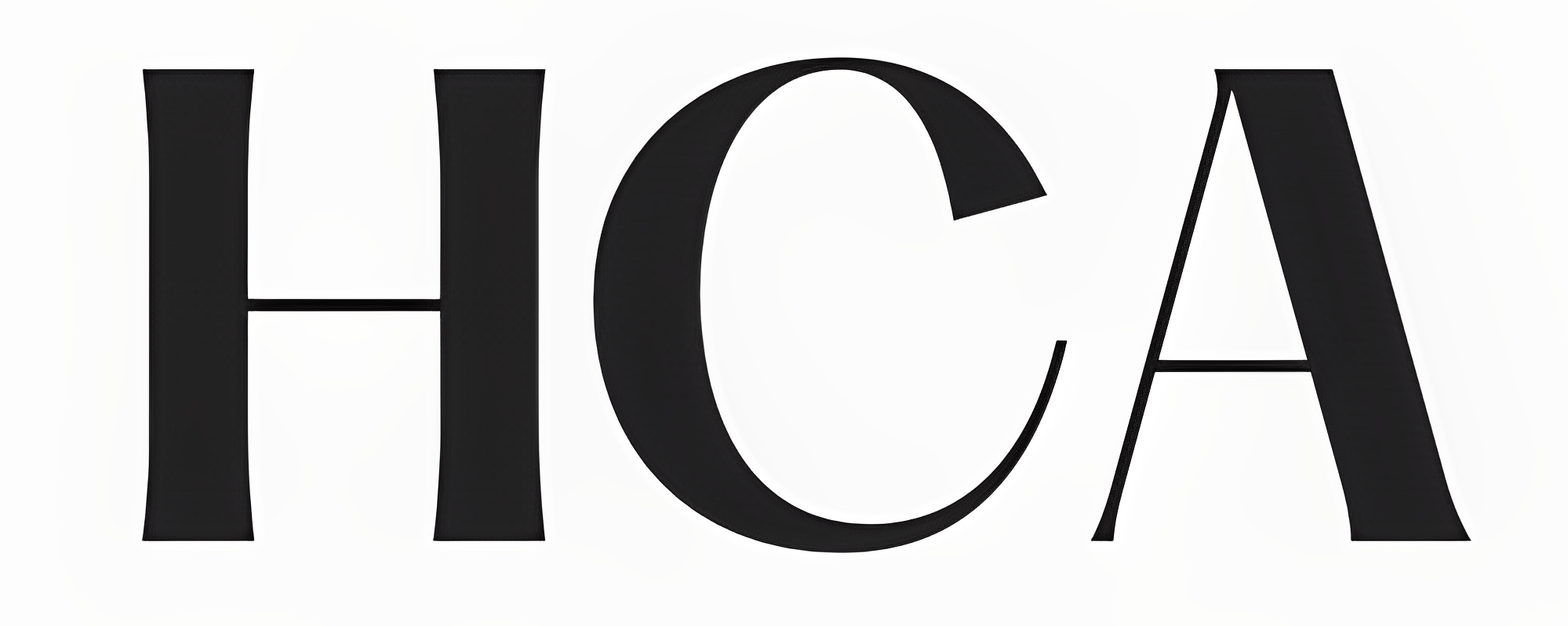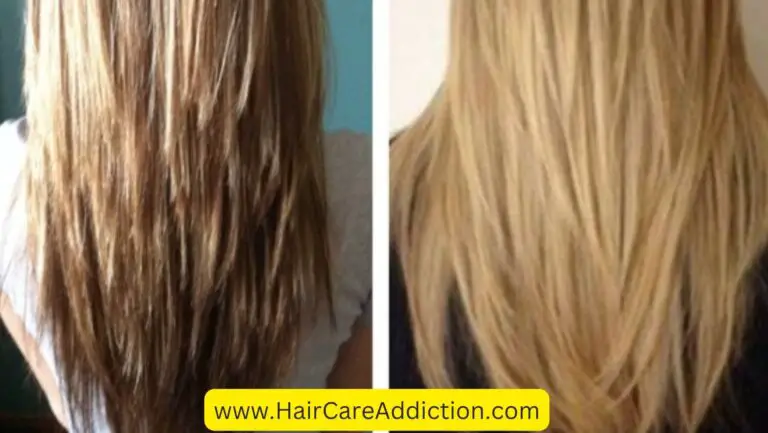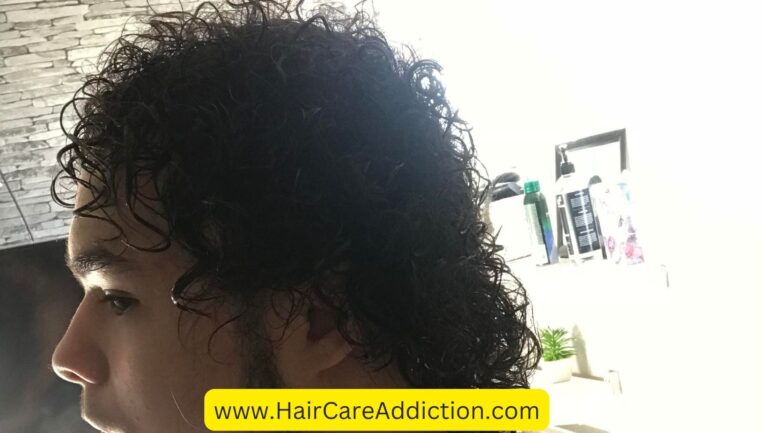Why Do My Edges Hurt? (10 Reasons)

If you’ve ever felt pain, tenderness, or sensitivity along the edges of your hairline, you’re probably wondering what’s causing it and how to treat it.
There are numerous causes of edge pain, ranging from simple factors such as tight hairstyles or sunburns to more serious conditions such as scalp infections or nerve disorders.
In this article, we’ll look at some of the most common causes of edge pain, how to avoid it, and what to do if you do get it.
What are the edges of your hair?
Your hair’s edges are the areas where it meets your forehead, temples, ears, and nape.
Because they are subjected to more friction, tension, and environmental factors, these areas are often more delicate and prone to damage than the rest of your scalp.
The edges of your hair also have a high concentration of nerve endings, blood vessels, and hair follicles, making them more sensitive to pain and inflammation.
Read Also: Why does Hair Hurt While Wearing a Hat?
What causes edge pain?
There are numerous potential causes of edge pain, but the following are the most common:
#1 Tight hairstyles
Wearing your hair in braids, cornrows, ponytails, weaves, or other styles that pull on your edges can cause traction alopecia, a type of hair loss caused by excessive tension on the hair follicles.
This can result in inflammation, scarring, and permanent hair loss along your hairline.
Traction alopecia can also cause headaches, itching, and tingling in the scalp.
#2 Chemical treatments
Relaxers, dyes, bleaches, and other chemicals can irritate or burn your scalp, particularly if used too frequently or for too long.
Chemical treatments can also weaken or damage your hair shafts and follicles, causing breakage and hair loss.
#3 Sunburns
Excessive sun exposure can cause sunburns on your scalp, resulting in redness, peeling, blistering, and pain. Sunburns can also cause cuticle damage, making your hair dry and brittle.
#4 Insect bites
Insects such as mosquitoes, ticks, lice, and others can bite or infest your scalp, causing itching, swelling, redness, and pain.
Some insect bites can also transmit diseases or infections that can harm the health of your scalp.
#5 Psoriasis
Psoriasis is a chronic skin condition that causes red, scaly patches to appear on various parts of the body, including the scalp.
On the affected areas, psoriasis can cause itching, burning, flaking, and bleeding.
Psoriasis can also damage hair follicles, resulting in temporary or permanent hair loss.
#6 Dandruff
Dandruff is a common scalp condition in which dead skin flakes shed from the scalp.
Dandruff can be caused by dry or oily skin, a fungal infection, or a combination of factors.
Dandruff can cause scalp itching, irritation, and inflammation. Dandruff can clog hair follicles and inhibit healthy hair growth.
#7 Nerve disorders
Pain or sensitivity in the scalp or face can be caused by some nerve disorders.
Occipital neuralgia, for example, is a condition that affects the nerves that run from the back of the neck to the forehead.
It can cause sharp or throbbing pain behind the ears or in the back of the head.
Trigeminal neuralgia is a neurological disorder that affects the nerves that control facial sensations and movements. It can cause sharp, electric-like pain on one side of the face or jaw.
How to prevent edge pain?
To prevent edge pain from occurring or worsening,
- Avoid wearing hairstyles that are too tight and pull on your edges. If you do wear braids or weaves, make sure they are not too tight and alternate styles.
- Regularly moisturize your scalp.
- Keep harsh chemicals away from your hair and scalp.
- When going outside, protect your scalp from sun damage by wearing a hat, sunscreen, or scarf.
- If you have insect bites, avoid scratching or picking at your scalp.
How to treat edge pain?
If you have edge pain, you can try some of the following home remedies to soothe and heal your scalp:
- Apply a cold compress or ice pack to the affected area several times a day for 10 to 15 minutes at a time. This can help to reduce inflammation and pain.
- Apply gentle pressure to your scalp with your fingers or a soft brush. This can aid in increasing blood circulation and relaxing the muscles and nerves in your scalp.
- Use a gentle shampoo and conditioner suited to your hair type and scalp condition. Look for products with natural ingredients like aloe vera, coconut oil, tea tree oil, or apple cider vinegar. These can assist in moisturizing, cleansing, and balancing your scalp.
- Apply an anti-inflammatory or pain-relieving topical cream or lotion, such as hydrocortisone, lidocaine, or menthol. These can aid in the relief of itching, burning, and swelling on your scalp.
- To relieve pain, take over-the-counter pain relievers such as ibuprofen or acetaminophen. Follow the dosage instructions and do not exceed a few days without consulting your doctor.
- Take hair growth and scalp health supplements, such as biotin, zinc, iron, or vitamin B12. These can aid in the nourishment of your hair follicles and the prevention of hair loss.
Conclusion
Finally, tight hairstyles, chemical treatments, sunburns, insect bites, skin conditions like psoriasis and dandruff, and even nerve disorders can cause pain, tenderness, and sensitivity along the edges of your hairline.
Because of the high concentration of nerve endings, blood vessels, and hair follicles in these areas, they are particularly delicate.
To avoid edge pain, avoid excessive tension on your hair, protect your scalp from harmful chemicals and the sun, and avoid scratching insect bites.
Cold compresses, gentle scalp massages, and appropriate hair care products can all help relieve discomfort.
If the pain persists, see a doctor for a proper diagnosis and treatment.




![Why Does My Hair Dry So Fast? [Explained]](https://haircareaddiction.com/wp-content/uploads/2023/09/why-does-my-hair-dry-so-fast-768x493.jpg)

